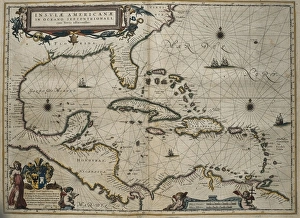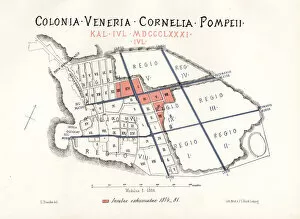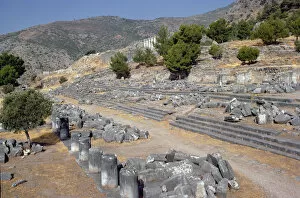Insulae Collection
Discover the intriguing connections between ancient civilizations and the natural world through these captivating images
All Professionally Made to Order for Quick Shipping
Discover the intriguing connections between ancient civilizations and the natural world through these captivating images. From the Atlas Novus map of the Caribbean, where the Insulae, or islands, were first explored, to an aerial view of Pompeii, where the Insulae district was a bustling hub of Roman life. Wander through the excavations of Pompeii, uncovering remnants of daily life, including a mosaic of a guard dog on a chain. Journey beyond the Mediterranean to the snowy landscapes of Iceland, where the Snow Bunting, a subspecies insulae, thrives. This resilient bird, with its striking plumage, is a testament to the diverse wildlife found on islands around the world. Travel further to Sri Lanka, home to the endemic White-browed Bulbul, subspecies insulae. Perched in a bush, this vibrant bird adds a splash of color to the lush vegetation. Finally, delve into the ancient Roman city of Herculaneum, buried under volcanic ash for centuries. Unearth the secrets of this fascinating civilization, and marvel at the intricate mosaics and well-preserved structures that have stood the test of time.









